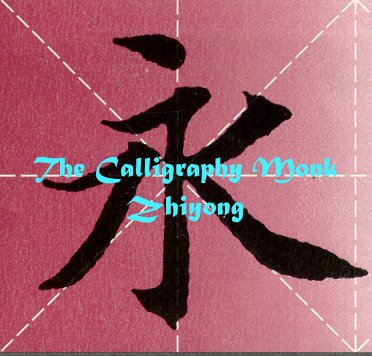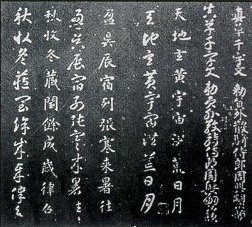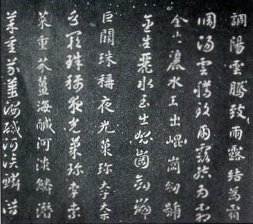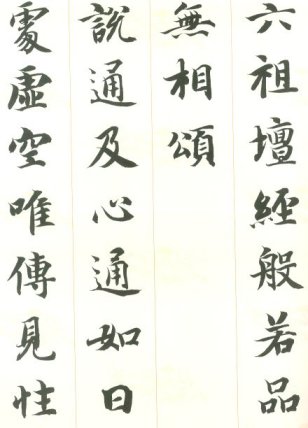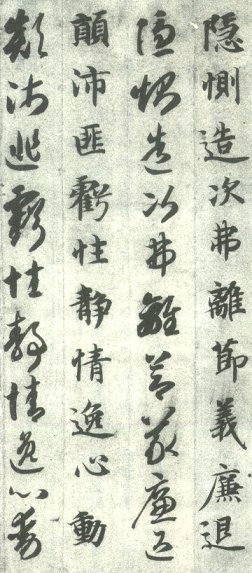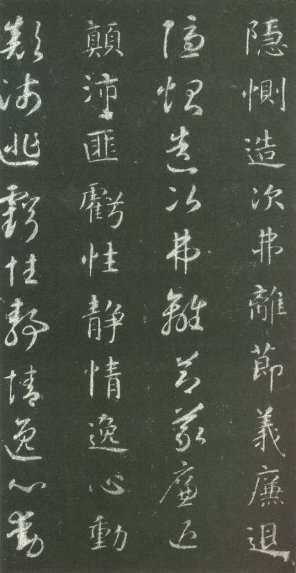|
In the last issue, we talked about Master Hongyi and his calligraphy. In fact, in the history of China, there were quite a number of great Buddhist masters who were famous for their calligraphy. Among them, Zhiyong was probably the most prominent and was known as the Calligraphy Monk. Master Zhiyong lived around the Chen/Sui Dynasties (around 581 AD). The greatest of all Chinese calligraphers was probably Wang Xizhi of the Eastern Jin Dynasty and he was the predecessor (7 generations earlier) of Zhiyong. Before becoming a monk, Zhiyong's name was Wang Faji. He became a monk together with his elder brother in the Jia Xiang Temple, which happened to be the house of Wang Xizhi. (This temple was later known as the Yong Xin Temple). Master Zhiyong was renowned for his diligence in calligraphy. He locked himself up in the temple for 30 years and practised calligraphy everyday. It was said that the worn-out brushes he used filled up 5 huge bamboo buckets, which were later buried in a tomb of brushes. He wrote 800 copies of the One-Thousand-Characters Essay and many people came over to the temple to ask for his calligraphy. Zhiyong's achievement in calligraphy was mostly well known for 2 things. The first is the so-called the Eight Methods of theYong-character (as demonstrated by the eight different types of strokes in the yong-chracater) and the second is the One-Thousand-Characters Essay calligraphy, some of which still exist to these days. He also taught many students in calligraphy and one of them, Yu Shinan became one of the greatest calligraphers in the Tang Dynasty. In Buddhism, he was famous for his understanding of the Prajna Sutra and the Lotus Sutra and he was also known as the Yong Zen Master too. Master Zhiyong lived to 100 years old.
|
||||||||||
